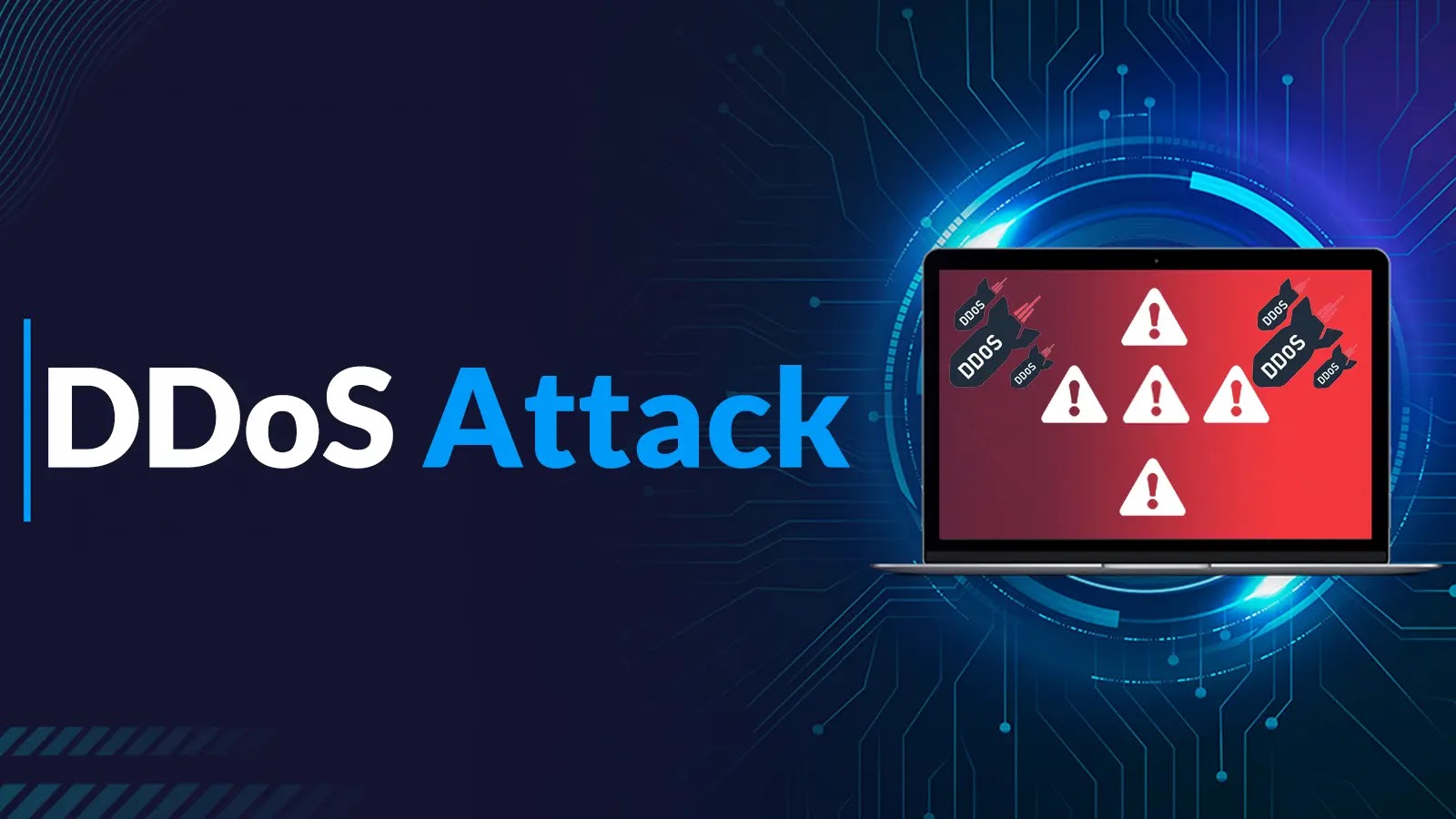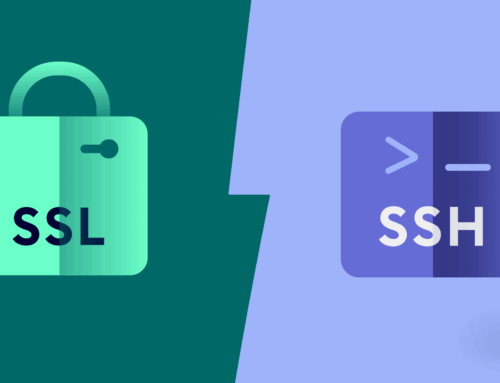
How Cloudflare Stopped the Largest DDoS Attack in History.
How Cloudflare Stopped Mitigates 7.3 Tbps DDoS Attack: In history One of the Largest Ever
In a remarkable demonstration of cybersecurity resilience, Cloudflare successfully mitigated a record-breaking 7.3 Tbps DDoS attack, underscoring the critical importance of robust DDoS protection strategies. As cyber threats continue to evolve in scale and complexity, safeguarding digital infrastructure has never been more paramount. This unprecedented event not only highlights Cloudflare’s advanced capabilities in defending against such massive cyber attacks but also serves as a wake-up call for enterprises worldwide to fortify their defenses and ensure their businesses remain secure in an increasingly hostile digital landscape.
Understanding DDoS Attacks
What is a DDoS Attack?
A Distributed Denial of Service (DDoS) attack is a malicious attempt to disrupt the normal traffic of a targeted server, service, or network by overwhelming the target or its surrounding infrastructure with a flood of Internet traffic. The primary goal of a DDoS attack is to render a website or online service unavailable to its intended users. By leveraging multiple compromised computers as sources of attack traffic, perpetrators can significantly amplify the impact of their cyber assault, often resulting in substantial service downtime and financial losses for affected organizations.
Types of DDoS Attacks
DDoS attacks vary in their execution and impact, encompassing several types of attack vectors. Each type of attack requires tailored mitigation strategies to effectively counteract the threat and ensure the continuity of online services. Understanding these distinct attack vectors is crucial for developing comprehensive DDoS defense mechanisms against distributed denial of service attacks.
| Type of Attack: flood attack, volumetric DDoS attack, and attack methods that exploit vulnerabilities. | Description |
|---|---|
| Volumetric DDoS Attacks | Focus on saturating the bandwidth of the target system, such as flood and amplification attacks. |
| Reflection Attacks | Exploit third-party servers to amplify traffic and launch attacks. |
| HTTP DDoS Attacks | Specifically target web applications. |
Hyper-Volumetric DDoS Attacks
Hyper-volumetric DDoS attacks represent the pinnacle of scale and intensity in the realm of cyber threats, characterized by traffic volumes that reach terabits per second. These attacks aim to overwhelm network infrastructure and can be categorized as distributed denial of service attacks. by deploying an unprecedented volume of data packets, often exceeding the handling capacity of even the most robust networks. The recent 7.3 Tbps DDoS attack mitigated by Cloudflare exemplifies the growing frequency and magnitude of such assaults. Organizations must adopt proactive DDoS mitigation measures to effectively counteract these surges and maintain operational stability.
The Scale of the 7.3 Tbps DDoS Attack
Details of the Attack
The 7.3 Tbps DDoS attack, a cyber onslaught of unprecedented scale, underscores the intensifying threat landscape confronting enterprises today. This gargantuan wave of attack traffic aimed to incapacitate Cloudflare’s robust infrastructure by bombarding it with billions of packets per second in a flood attack. As a testament to Cloudflare’s exceptional DDoS protection systems, this attack was effectively mitigated without any disruption to its services. By deploying advanced detection and mitigation techniques, Cloudflare safeguarded its customers and ensured uninterrupted service continuity, reinforcing the necessity of employing dynamic and scalable DDoS defense measures in a digital world fraught with evolving cyber threats.
Largest DDoS Attack Ever Recorded
In 2025, the world witnessed the largest DDoS attack ever recorded, setting a new benchmark for the scale of digital threats. This colossal attack not only dwarfed previous records but also highlighted the necessity for continual advancements in DDoS mitigation technology. With attack volumes reaching terabits per second, surpassing previous giants like the 2024 Google Cloud incident, the 7.3 Tbps attack exemplified the increasingly sophisticated nature of cyber adversaries. Cloudflare’s adept mitigation of this record-breaking attack stands as a beacon of hope, showcasing that with the right strategies and technology, even the most formidable cyber threats can be contained and neutralized.
Comparison with Other Famous DDoS Attacks
When compared to other famous DDoS attacks, the recent 7.3 Tbps event represents a quantum leap in both scope and complexity. Previous high-profile incidents pale in comparison to this latest onslaught. Some of these incidents include record-breaking DDoS attacks that overwhelmed network infrastructure.
- The notorious Mirai botnet attack, which disrupted major internet services in 2016.
- The amplification attack on Google Cloud in 2024.
The key differentiator lies in the sheer volume of data transmitted per second, necessitating unparalleled DDoS protection strategies. By effectively blocking the largest DDoS attack ever recorded, Cloudflare reaffirmed its position as an industry leader in cybersecurity by successfully mitigating the largest DDoS attack on record., demonstrating that robust defense mechanisms are critical in the face of growing digital threats.
How Cloudflare Mitigates DDoS Attacks
Cloudflare’s DDoS Protection Strategies
Cloudflare employs a sophisticated array of DDoS protection strategies, ensuring that even the most formidable cyber threats are neutralized. By leveraging a global network of data centers, Cloudflare effectively disperses attack traffic. Here are some key elements of their approach:
- Mitigates the impact of volumetric DDoS attacks that can reach terabits per second, including the largest attacks on record.
- Utilizes real-time monitoring and advanced algorithms to detect and respond to denial of service attacks swiftly.
This proactive approach empowers businesses to maintain uninterrupted service, fortifying their digital infrastructure against potential threats.
Case Study: Cloudflare’s Defense Against the 7.3 Tbps Attack
The 7.3 Tbps DDoS attack serves as a compelling case study of Cloudflare’s robust defense capabilities. When faced with this record-breaking attack, Cloudflare’s rapid response and innovative mitigation techniques were on full display. By deploying a combination of reflection attack filtering and volumetric DDoS countermeasures, Cloudflare successfully blocked the largest DDoS attack ever recorded. This event not only demonstrated Cloudflare’s unparalleled expertise in DDoS protection but also reassured their customers of the security and reliability of their services, even in the face of unprecedented cyber assaults.
Importance of DDoS Mitigation for Cloudflare Customers
For Cloudflare customers, the importance of effective DDoS mitigation cannot be overstated. In today’s digital age, where cyber attacks are increasingly sophisticated, safeguarding online presence is paramount. Cloudflare’s DDoS protection services offer a reassuring layer of security, ensuring that businesses can operate without fear of disruption from denial of service attacks. By mitigating threats like the 7.3 Tbps attack, Cloudflare not only protects its infrastructure but also upholds the integrity and availability of its customers’ services, fostering trust and peace of mind in a volatile cyber landscape.
The Future of DDoS Threats
Projected Trends for 2025
As we approach 2025, the landscape of DDoS threats is expected to evolve significantly, with attacks becoming more frequent and complex, including record-breaking DDoS incidents. The increasing reliance on digital infrastructure will likely see a rise in volumetric DDoS attacks, with perpetrators leveraging more sophisticated attack vectors to overwhelm targets. Organizations must anticipate these trends and prepare for potential flood attacks in the coming years. and invest in advanced DDoS detection and mitigation technologies. Cloudflare’s continued innovation in this area will be crucial in empowering businesses to stay ahead of potential cyber threats and secure their digital assets from future flood attacks.
Preparing for the Next Large-scale DDoS Attack
Preparation is key when it comes to defending against large-scale DDoS attacks. Organizations must adopt a proactive stance, implementing comprehensive DDoS protection systems that can adapt to the shifting threat landscape. This includes regular security audits, employee training, and investing in cutting-edge technologies that offer real-time response capabilities. By partnering with cybersecurity experts like Cloudflare, businesses can ensure that their infrastructure remains resilient and responsive, ready to withstand the challenges posed by future cyber attacks.
The Evolving Landscape of Denial of Service Attacks
The landscape of denial of service attacks is continually evolving, driven by technological advancements and the ingenuity of cyber adversaries. As attack techniques become more advanced, the demand for robust DDoS protection strategies will increase to counteract sophisticated flood attacks. Cloudflare’s commitment to innovation and cybersecurity positions it as a leader in mitigating these threats. By investing in adaptive technologies and fostering a culture of vigilance, Cloudflare ensures that it can effectively counteract the ever-changing tactics of cyber attackers, safeguarding its customers’ interests in an increasingly uncertain digital world
5 Surprising Facts About How Cloudflare Stopped the Largest DDoS Attack in History
- Cloudflare’s network handled a peak traffic of 1.3 terabits per second during the attack, showcasing the scale of modern DDoS threats.
- The attack lasted for several days, demonstrating the resilience of Cloudflare’s infrastructure and its ability to absorb massive amounts of traffic.
- To mitigate the attack, Cloudflare employed a combination of techniques including rate limiting, filtering, and traffic scrubbing to protect its clients.
- Despite the enormity of the attack, Cloudflare reported no downtime for its customers, highlighting its effective defense mechanisms.
- The attack was a wake-up call for many organizations, leading to increased awareness and investment in DDoS protection strategies across the industry.
What is the largest DDoS attack ever recorded?
The largest DDoS attack ever recorded occurred in February 2020, where Cloudflare blocked an astonishing 11.5 terabits per second (tbps) of attack traffic. This unprecedented attack showcased the scale of DDoS attacks that can be orchestrated against companies.
How did Cloudflare block the largest DDoS attack?
Cloudflare utilized its advanced DDoS detection and mitigation systems to identify and neutralize the attack traffic. The company noted that the attack was sophisticated, employing multiple techniques to overwhelm the target.
What were the tactics used in the UDP flood attack?
The UDP flood attack involved overwhelming the target with a high volume of User Datagram Protocol (UDP) packets, aiming to exhaust network bandwidth and resources. This technique is one of the many forms of DDoS attacks that Cloudflare successfully mitigated.
What did Cloudflare say about the February DDoS attack?
Cloudflare stated that the February attack was among the largest DDoS attacks they had ever encountered, with an intensity that reached 71 million requests per second (rps). The scale of these attacks is a growing concern for many organizations.
How has Cloudflare defended against DDoS attacks?
Cloudflare has implemented robust defenses against DDoS attacks, including real-time traffic analysis and filtering. Their systems are designed to match the attack traffic and mitigate threats effectively, ensuring the continuity of services for their customers.
What other famous DDoS attacks have occurred?
Other notable DDoS attacks include the 2018 Memcached DDoS attack, which exploited vulnerabilities in Memcached servers to produce a flood of traffic. Such attacks highlight the increasing sophistication and scale of DDoS threats.
How does Cloudflare’s data help in mitigating DDoS attacks?
Cloudflare’s extensive data on DDoS attack traffic allows them to analyze patterns and improve their mitigation strategies continuously. This data-driven approach enhances their ability to defend against future attacks and safeguard their customers.
What should companies do to prepare for potential DDoS threats?
Companies should invest in comprehensive DDoS protection services, like those offered by Cloudflare, to prepare for the increasing wave of DDoS attacks. Implementing proactive measures, such as traffic monitoring and incident response plans, can significantly reduce vulnerability.





